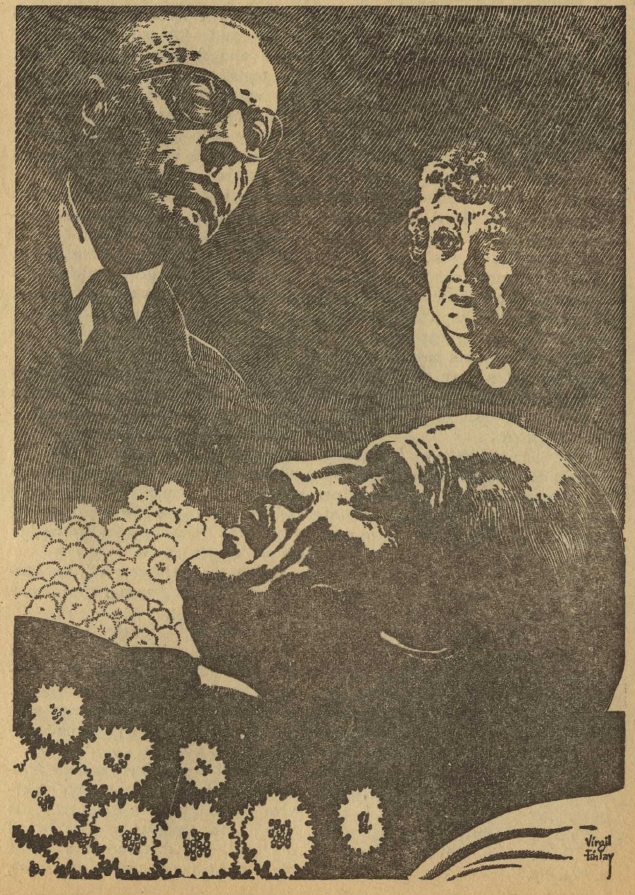
by David Levinson
It seems like the world gets a little smaller every day. Jet planes are gradually replacing larger propeller-driven planes in the passenger market, reducing the time it takes to get from one place to another. As they become more ubiquitous even the middle class may be able to travel like the jet set. Communications satellites are making it possible for news to spread faster, and we can even see some events on television as they happen on the other side of the world.
On the other hand, the world seems to be getting bigger, too. We hear constantly about remote places where this conflict or that independence is taking place. The wealth of human knowledge is growing so fast, it’s almost impossible to keep up. Growing, shrinking, let’s look at some things that have done one or the other lately.
A long shortcut
France and Italy are now closer. Not diplomatically, and it’s not conclusive proof of continental drift, but the time to travel between them has shrunk thanks to the opening of a tunnel underneath Mont Blanc. The two countries agreed on building the tunnel in 1949, but excavation didn’t begin until a full decade later, with a company from each country drilling from their own side. The excavations met on August 4th, 1962, with an axis variation of a mere 5 inches. The tunnel was inaugurated at a ceremony on July 16th, attended by French President Charles de Gaulle and Italian President Giuseppe Saragat, and opened to traffic three days later.
At 8,140 feet below the surface, the two-lane highway tunnel is the deepest operational tunnel in the world, and at 7.2 miles, it is also the longest highway tunnel, some three times longer than the previous record holder, the Honshu-Kyushu tunnel in Japan. The travel distance from France to Turin is now 30 miles shorter, and the distance to Milan is 60 miles shorter.

Presidents de Gaulle and Saragat in front of the Mont Blanc tunnel connecting Chamonix to Courmayeur during the official inauguration
Flash!
Kodak made a big splash when they introduced the Instamatic camera two years ago. Like the venerable Brownie, the Instamatic makes it easy for amateurs to take snapshots. There’s even a model with a built-in flashgun that takes so-called peanut bulbs. The problem with those is that bulbs have to be removed before you can take another shot with the flash, and they get very, very hot. Kodak, working together with Sylvania Electronics, has come up with a solution: the flashcube.
As the name suggests, it’s a cube with a mount that connects to the camera on the bottom, and four flashbulbs around the sides. Trigger the shutter, the flash goes off, the cube rotates 90° and it’s ready for another picture immediately. Plus, by the time you’ve taken the fourth picture, parts of the cube should be cool enough to touch, so you can replace it right away. This should mean lots more candid snaps and a lot less dragging everybody outside to squint into the sun at family gatherings. A big innovation in a very small package.

$100 is a little pricey, but there are less expensive models, and we are talking about a lifetime of memories
An electrifying performance
The folk world had their horizons expanded last week, perhaps to their dismay. Despite his bad boy antics off stage last year, Bob Dylan was the most eagerly anticipated act at this year’s Newport Folk Festival, but his performance was met with a chorus of boos. It seems young Mr. Dylan felt that Alan Lomax was rather condescending when introducing the Paul Butterfield Blues Band at a workshop on Saturday the 24th and decided he would play electric to prove to the organizers they couldn’t keep it out. He hastily assembled a band from a couple of members of the Butterfield Band and some others and spent Sunday afternoon rehearsing. The crowd was shocked at the sight of Dylan accompanied by an electric band, and the short set of “Maggie’s Farm”, “Like a Rolling Stone” and “Phantom Engineer” was met with both boos and cheers. MC Peter Yarrow (of Peter, Paul and Mary) dragged Dylan out for a quick acoustic encore of “Mr. Tambourine Man” and “It’s All Over Now, Baby Blue”. The crowd exploded and begged for another encore.
So why the booing? Ask three different people and you’ll get four different answers. Some say it was folkies mortally offended at the mere presence of electric instruments or a rock sound, others that fans were upset at the shortness of the set and the fact that the band used most of their allotted 15 minutes for tuning and switching instruments and/or poor sound quality. Some will tell you it was definitely the fans booing, others blame the press or even the organizers. We may never know the truth of the matter, but there’s no question that Bob Dylan has made another big impact on music.

The Mysterious Doctor X
If you drop by your local library and take a look at the Sunday New York Times for July 25th (assuming they carry it and it has already come in) and flip to the list of best sellers, you’ll see a new title, Intern by Doctor X. It is, by all reports, a rather harrowing account of a young doctor’s period of interning at a hospital a few years ago, taken from his daily journal. The names, as Jack Webb would say, have been changed to protect the innocent, and the doctor has chosen a pseudonym to further protect confidentiality. “What has that got to do with science fiction,” you ask. Well, a little bird told me that Doctor X is in fact a reasonably well-known science fiction writer. Since he has good reasons for concealing his identity, I won’t give it away, but I will say that I once thought he was a pseudonym for Andre Norton and that his last name closely resembles a different medical profession mostly practiced by women.

It’s bigger, but is it better?
As promised last month, IF is now 32 pages longer, making it the same size as its bi-monthly sister publication Worlds of Tomorrow. Fred Pohl claimed that’s enough for two more novelettes, four or five short stories, a complete short novel, or an extra serial installment. How well did the editorial team make use of that extra room this month? Let’s take a look.

A deadly duel begins. Art by McKenna
Under Two Moons, by Frederik Pohl
We open in medias res in a seedy corner of Marsport. Secret agent Johan Gull is tied to a pillar in a room full of gunpowder as a beautiful woman sticks a lit matchcord in his mouth and then declares her love for him. After escaping, he goes for a shave and retrieves a jacket not his own, but which holds a key that lets him access headquarters behind the barber shop. A seemingly reasonable bit of spycraft, until he has to go for a shave every time he needs to go to a different department. He meets with .5, the head of the agency, who speaks only through his personal secretary. His new assignment is to go to Syrtis Major and investigate a couple of prospectors who claim to have been granted powers by beings from a flying saucer. Are the Black Hats behind it, or something more?
Aboard the submarine taking him to his destination, he once again meets the mysterious woman. She helps him escape from the submarine when it is sabotaged, and together they struggle through the Martian desert. They’re saved by the appearance of Tars Tarkas riding a thoat. It seems they’ve stumbled into Barsoomland, and Tars is a robot. Eventually, they make their way to Heliopolis. Further spy shenanigans take place, culminating in a big showdown in a casino.

I love you Meestah Gull. I expect you to die. Art by Wallace Wood
It’s quite the zany – at times bordering on insane – send-up of James Bond, more so the movies than the books. Gull is a drunk, a womanizer, and unbelievably stupid. Only a few hours pass between the first scene and the woman’s appearance on the submarine, yet he has no idea who she is, and she has to remind him several times throughout the story.
While it isn’t bad, the humor really isn’t to my taste. There’s a sort of overly arch cleverness to it that grates. Worse, the first thing we get with 32 extra pages is a 32 page story by the editor. Admittedly, Fred has a problem in that the best market for the kind of thing he writes is the trio of magazines he oversees, and I’m sure there’s a process for deciding whether or not to buy one of the boss’s stories, but it’s not a good look. It might have been better to wait a couple of months before running this one. The flying saucer aspects of the story probably also prompted the longish editorial. Three stars, at the low end for me, maybe higher for you.
Moon Duel, by Fritz Leiber
On the rim of Gioja crater, the unnamed narrator and his partner Pete are setting up a miniradar when Pete is killed by a sniper on the other side of the crater. The killer is a “crusoe”, one the many aliens marooned on Earth’s moon, all of whom fight and kill each other and the growing number of humans for the scarce resources that allow them to survive. The narrator manages to get off a few quick shots and a mayday signal. What follows is a deadly game of cat and mouse for the hours it will take for help to arrive. But at one point the antagonists begin an attempt at communication.
This is a very atypical story for Fritz Leiber. Even though I tend to think of him primarily as a writer of fantasy and horror, he’s no stranger to science fiction. “A Pail of Air” is one of my favorite stories. But the science comes on very strongly here, often shouldering aside character, which is Leiber’s real strength. It’s also shoehorned in at times, such as the clumsy footnote about the muzzle velocity of the narrator’s weapon. The climax also shares a factor with the rather poor Men of Good Will by Ben Bova and Myron R. Lewis, although Leiber is far more scientifically rigorous. Still, I’m not sure Leiber can write a bad sentence, and there is some genuine tension. To be honest, I probably would have liked this more if someone else’s name had been on it and I’d come in with a different set of expectations. Three stars.
The Planet Player, by E. Clayton McCarty
Archaeologist Charles Maxwell has joined the expedition to planet S-60 to investigate signs of a lost civilization. He gets off to a poor start with Litzanov, the expedition’s director. The director is a prickly authoritarian, who as it turns out is completely tone deaf and greatly annoyed by “sound in a measured tempo”. Maxwell, on the other hand, had dreams of being a concert pianist, has brought his guitar along, and reacts badly to being pushed around. Early in the journey, a stowaway is discovered, a fifteen-year-old deaf-mute known to the crew as Binky, the son of an early space scout. Bothered by the way the crew handles the boy, Maxwell takes him under his wing.
When they arrive at the planet, Litzanov proves to be a glory-hound. All photographic and video records are carefully rehearsed and staged to put him front and center, depicted as a wise man of science. The team also discovers massive structures made of a crystalline material which resonates to slight touches, though not to hard blows. At the heart of the alien complex, they find a theater with the remains of the dead in every seat. Spot checks all around the world find evidence that every single inhabitant of the planet died at the same instant, utterly without warning. The team probes the mystery, and as we are warned at the beginning, not everyone will survive.

What a beautiful story. It’s not without its flaws; the reader figures out what destroyed this civilization and what is going to happen to the expedition fairly quickly, and the rather quick and easy decoding of the written language is highly improbable. But that all gets washed away by the ending, especially the final paragraph. This is McCarty’s second story. His first, Small One, was overly long and lacked subtlety, though Gideon rather liked it. This one however is excellent. A solid four stars.
M’Lord Is the Shepherd, by Leigh Richmond and Walt Richmond
From Moonbase One, M’Lord oversees the development of the people of Alterra. Although they are 50,000 to 100,000 years from being ready to be contacted by the Galactics, M'Lord has received orders to get them to that stage within 200. The Korm’aans are predicted to sweep through that spiral arm of the galaxy and the Galactics need an ally. That sort of forced stimulation usually destroys those subjected to it, but while a weak ally is preferable, a planet that can be used without interference from a native race is acceptable.
M’Lord decides that electric current is the ideal way to carry out his orders. First, he introduces the battery. After 75 years have passed, he sends his chief teslar down to the planet to get them to use 60 cycle alternating current. The results are astonishing. After only a few decades, the Alterrans are reclassified from “Sheep” to “Predator”. In fact, they represent a greater threat than Korm’aan. The solution is to fill the atmosphere with ultra-high frequency, ultra-short wave broadcasts. This attempt fails and he is ordered to apply hypnotic stupidifiers. This too fails, and the Alterrans are predicted to take over the galaxy within 500 years. The Galactics and Korm’aans have made common cause, and M’Lord must now act as ambassador and plead for no retribution.
Great Ghu, the Richmonds have escaped from Analog! The whole thing is ridiculously obvious, with the possible exception of the teslar. Unless you’ve read up on the early days of electricity, remember some of the articles Hugo Gernsback wrote back in the 1910s and 1920s, or have some reason to measure magnetic flux, you’ve likely not heard of Nikola Tesla. In any case, the question is why Campbell didn’t want this one. I mean, it has humans as the biggest, meanest, fiercest thing the galaxy has ever seen. Maybe he was put off by the scientific advancement of the last century or so coming from aliens rather than the natural superiority of northwestern Europeans. I should also note that it was only during the writing of this review that I realized the M’Lord is not a contraction such as one would use to address an English judge, but rather an alien name with obligatory apostrophe. A very low 2 stars.
Giant Killer, by Keith Laumer
On the planet Rockamorra, the CDT mission under Ambassador Splitwhistle is about to become the first formally credentialed embassy on the planet – a veritable coup over the Groaci – when Retief arrives late and tries to persuade the ambassador not to go through with it. He fails, but Splitwhistle really should have listened. It seems he has committed himself and his people (except Retief, who refused to go through the ceremony) to slaying a dragon. After the ambassador gets everybody thrown in jail by refusing to carry out his duly appointed task, it’s up to Retief, with a slight assist from Ben Magnan, to save the day.
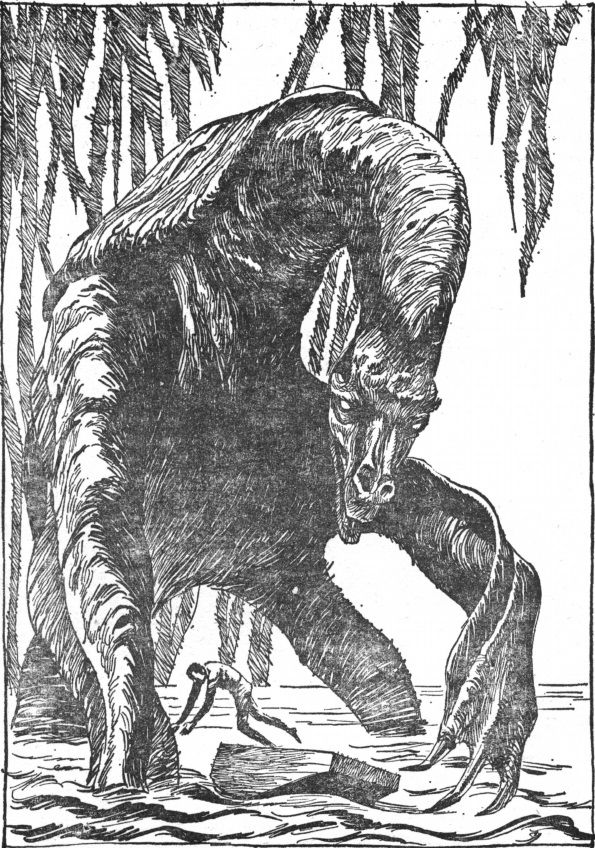
The ambassador is supposed to kill it with a sword. Retief has a different plan. Art by Gaughan
I said last month that Retief’s shtick is getting stale. All the usual beats are here: the mission gets in trouble because no one listens to Retief, Retief enlists the aid of a slick talking local, Ben Magnan blunders about and accidentally helps, Retief saves the day. The only thing missing is a pulchritudinous female to offer her affections as a reward. Laumer seems to just be going through the motions in order to turn out one of these every month. I suppose it’s an easy, guaranteed sale. We’re promised the start of a Retief novel next month. We’ll see if the extra room for development of plot and character is a good thing or not. A low three stars, but probably a firm three if you’re new to the series.
Alien Artifact, by Dannie Plachta
A billion miles beyond the orbit of Pluto, the patrol ship Solar Sea picks up a large object on radar. It proves to be a giant ship, the alien artifact of the title. The crew explores and makes a shocking discovery.
Dannie Plachta is this month’s new writer. This short tale is afflicted with the desire for a Twilight Zone shock ending. While not a poor representative of the form, it’s not all that shocking either. And even at 2 and a half pages, the story is a bit long for what’s in it. On the other hand, it’s a decent freshman effort. I vacillated between two and three stars. The writing isn’t bad, and I wouldn’t immediately roll my eyes on seeing Plachta’s name again in the table of contents. Plus, it’s short. So, three stars, I guess.
Gree’s Damned Ones, by C. C. MacApp
Steve Duke has been infiltrated into a Gree punishment detail. The others aboard the transport have sinned against Gree, but are being given a chance to redeem themselves. Steve is here to find out why Gree and its slaves are showing great interest in a planet near the center of the galaxy.
Placed in charge of a large unit, Steve is ordered to make his way to an enormous cliff in some distant mountains and find a way to report back. The first night out, he finally activates the device that will give him his orders from the Birds of Effogus. Unfortunately, he left the device containing the means to let the Birds know exactly where he is so they can null in back in camp. He’ll just have to complete his mission and get back.
After a long and dangerous journey, Steve’s group meets up with another, under the leadership of Fazool, the B’Lant Steve befriended and betrayed in the first Gree story. Fortunately, Fazool was brain-burned and doesn’t recognize Steve, though in moments of distraction he does call him Jen. Ultimately, the two of them are the only ones to penetrate to the final mystery of the planet.

Steve and one of the B’Lants under his command encounter some dangerous plant life. Art by Giunta
I’m getting tired of these Gree stories. After a couple of dismal outings, the last couple have been better, but it’s time for MacApp to wrap this saga up. This one offers some interesting mysteries, and most of it is taken up by a sort of Arthur C. Clarke travelogue melded with a pulp jungle adventure. The end is rather perfunctory and raises as many questions as it answers, while seeming to move the war against Gree at least to the end of the mid-game. Still, it’s readable for the most part. A low three stars.
Skylark DuQuesne (Part 4 of 5), by E. E. Smith
The revolution on Ray-See-Nee in the Chloran galaxy is a success, but the locals whom Dick Seaton has put in power are worried about their first report back to the Chloran headquarters. The daily report shouldn’t be a problem, but the change in government will be closely scrutinized, and the reporter will likely die or have his mind shattered and will certainly give the game away. Fortunately, Seaton once went frontal lobe to frontal lobe against the Supreme Great One of the Chlorans and won. (Ignore the fact that that was halfway across the universe. Chlorans are Chlorans everywhere.) So Seaton makes the call and successfully dupes the bad guys. That taken care of, the Skylarkers head off to more familiar regions to repair the Valeron and come up with a way to improve coordination and reaction times on a planet-sized vessel.
Cut to the Jelmi. After some friendly political maneuvering, Mergon is now in charge. He picks out an uninhabited Tellus-type planet, and the Jelmi set about created an armed and well-defended base. Contact is made with the Llurdi, and after the Jelmi demand independence, the Llurdi throw everything they have at their former slaves. Holding out by the skin of their teeth, the Jelmi then contact the Llurdi, give them the teleporter, and restate their desire to live in peaceful independence. Being supremely logical, the Llurdi agree.
Meanwhile, repairs to the Valeron are complete, but Seaton is extremely fidgety. He only calms down once they start heading back to their new friends in the Chloran galaxy. It seems the woman who aided him in the revolution and her mother are witches, and they put a spell on him to summon him back. The new government is trying to weed out corruption, but are facing a lot of resistance from corrupt elements that are left over and new corrupt elements who want a piece of the graft. There’s a big shoot-out and the problem is resolved.
The Fenachrone are withering in Llurdi captivity. On his deathbed, their leader sends out a mental distress signal and makes contact with DuQuesne. The latter offers to help them and teleports their leader and a couple of others to his ship. He then heads for the Llurdi galaxy, as are the Skylarkers, who have figured out how DuQuesne tricked them and where the Jelmi must have come from. The leader of the Llurdi detects the Valeron (the DQ is shielded to the point of invisibility) and sends out a powerful mental probe. The Skylarkers read the probe as an attack and throw up their shields. The Llurdi decide they must attack and so throw everything at the Valeron. Seaton counterattacks and as the two forces are nearing mutual destruction, Seaton is mentally contacted by Mergon of the Jelmi. To be concluded.

Dick Seaton takes a call. Art by Morrow
Only one more installment to go. I must admit there is a certain crude vigor here that… well, it hasn’t grown on me, but I’m less offended by it than I was. It still doesn’t make a lot of sense, it’s still badly plotted, Smith still starts paragraphs with “wherefore”, but I guess I can see the nostalgic appeal if you first read Smith at an impressionable and less discerning age. Two stars.
Summing up
Before wrapping this up, let’s talk about the art. At least since I took on reviewing IF the interior art has been provided by a steady stable of four: Gray Morrow, Norman Nodel, Jack Gaughan and John Giunta. For me, Morrow is far and away the best of them, but he’s been tied up with Skylark for four issues now. I’m also not a big fan of Nodel’s smudgy look or Gaughan’s abstract elements. Still, all four are good, but there’s been a lack of freshness. This month saw two new additions. Wally Wood, of course, is primarily a comic artist (and former studio partner of Harry Harrison), but he’s done some illo work for IF’s sister publications, although we haven’t seen him for a couple of years. David Kyle is a long-time fan (he’s the man who got his fellow Futurians banned from the first Worldcon), occasional artist and rarely author. While there’s really nothing stylistically all that different, both artists have injected enough of a difference to seem fresh.
So, has IF made good use of its expanded space? It’s hard to say. Skylark DuQuesne continues to weigh the magazine down, and I think we’ll have to wait a couple of months to see what Fred Pohl does once it’s gone. As I noted above, no matter what you might think of the story, running a piece written by the editor which is exactly as long as number of new pages is not really the best way to start. On the other hand, we have eight titles this month, which increases the chances of there being something for everybody. And next month, Pohl is trying out another innovation. As one serial ends, we’ll also start another. If the typical serial is three parts, that’s an increase from four a year to six. That also raises the chances of more good work. Only time will tell.


![[August 2, 1965] Expansion and Contraction (September 1965 <i>IF</i>)](http://galacticjourney.org/wordpress/wp-content/uploads/2020/07/IF-1965-09-Cover-654x372.jpg)

![[April 2, 1965] SPEAKING A COMMON LANGUAGE (May 1965 <i>IF</i>)](http://galacticjourney.org/wordpress/wp-content/uploads/2020/03/IF-April-cover-647x372.jpg)



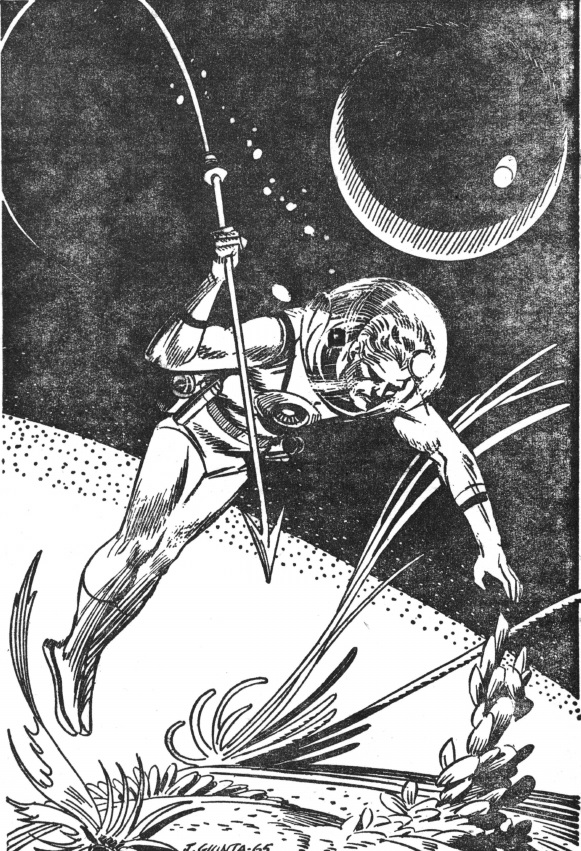





![[February 6, 1965] Too much of a… thing (March 1965 <i>IF</i>)](http://galacticjourney.org/wordpress/wp-content/uploads/2020/02/650204cover-672x372.jpg)






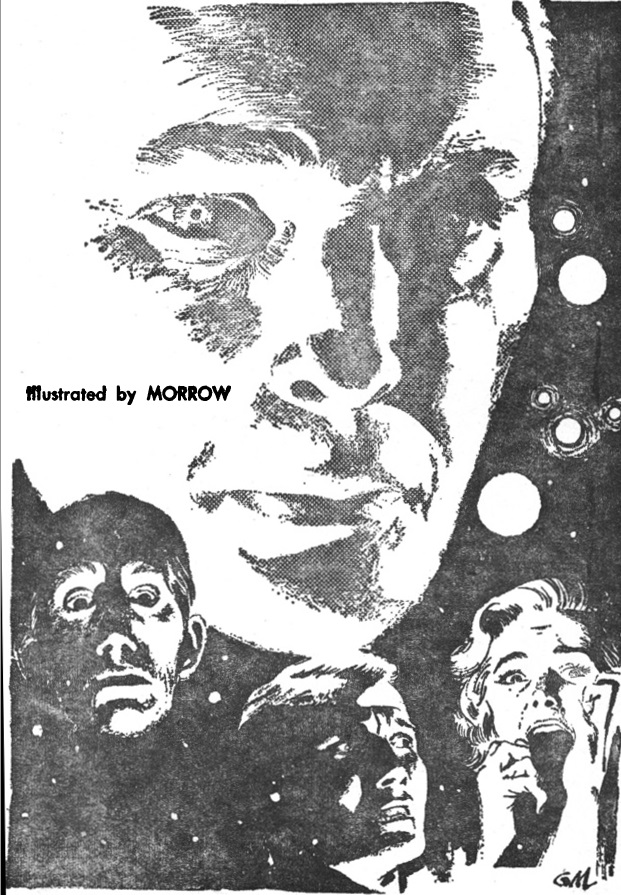

![[January 26, 1965] Down the Rabbit Hole…Again (February 1965 <i>IF</i>)](http://galacticjourney.org/wordpress/wp-content/uploads/2020/01/650126cover-672x372.jpg)





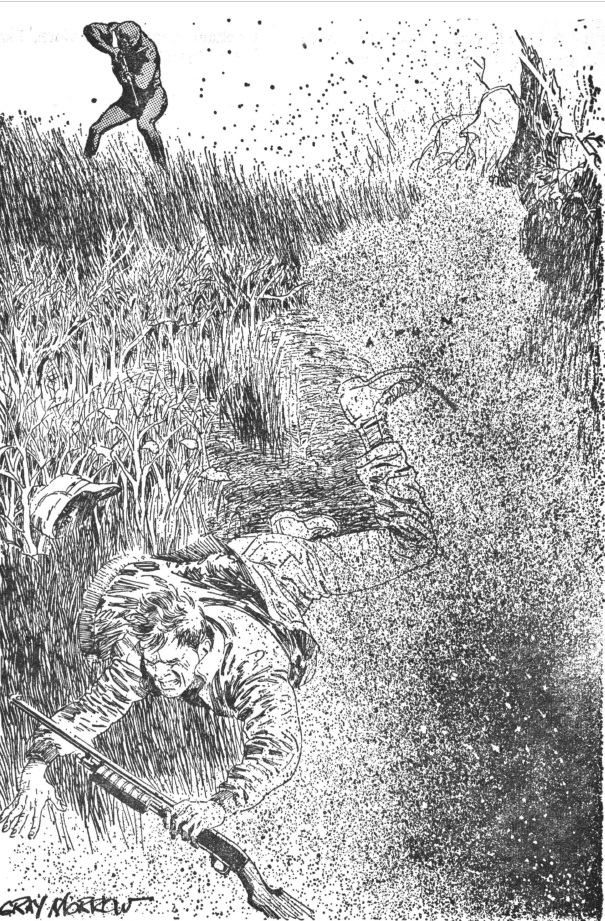




![[January 14, 1965] The Big Picture (March 1965 <i>Worlds of Tomorrow</i>)](http://galacticjourney.org/wordpress/wp-content/uploads/2019/12/Worlds_of_Tomorrow_v02n06_1965-03_0000-2-672x372.jpg)




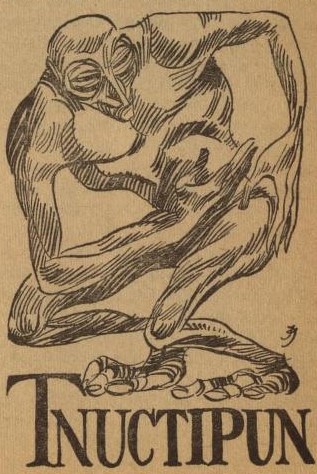





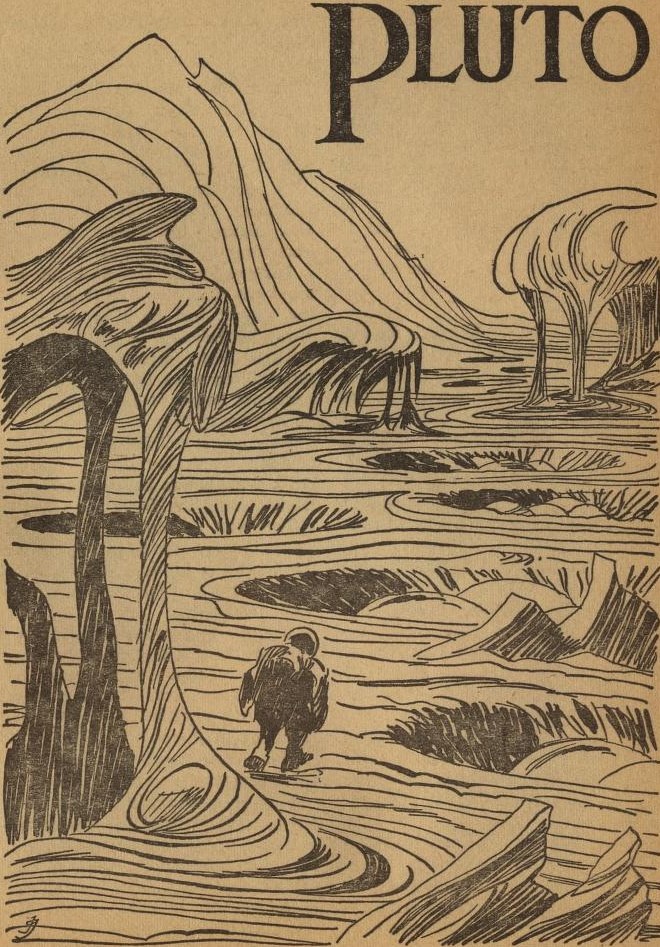



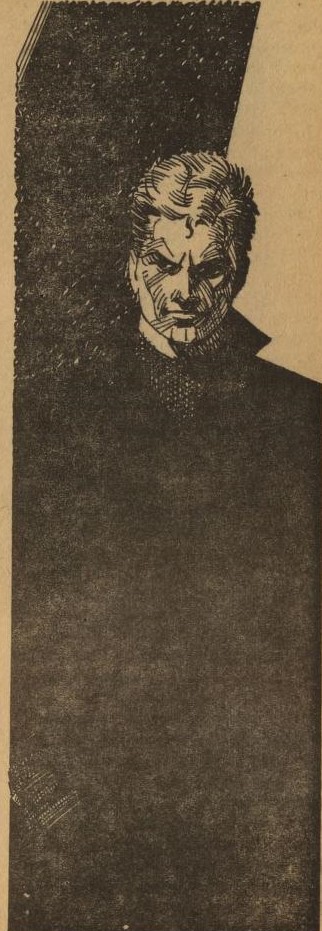

![[December 5, 1964] Steady as she goes (January 1965 <i>IF</i>)](http://galacticjourney.org/wordpress/wp-content/uploads/2019/12/651205cover-672x372.jpg)







![[November 9, 1964] Shall We Gather At The River? (January 1965 <i>Worlds of Tomorrow</i>)](http://galacticjourney.org/wordpress/wp-content/uploads/2019/11/Worlds_Of_Tomorrow_v02n05_1965-01_Gorgon776_0001-3-672x319.jpg)















![[September 8, 1964] It's War! (The October 1964 <i>Galaxy</i> and the 1964 Hugos)](http://galacticjourney.org/wordpress/wp-content/uploads/2019/09/640908cover-672x372.jpg)






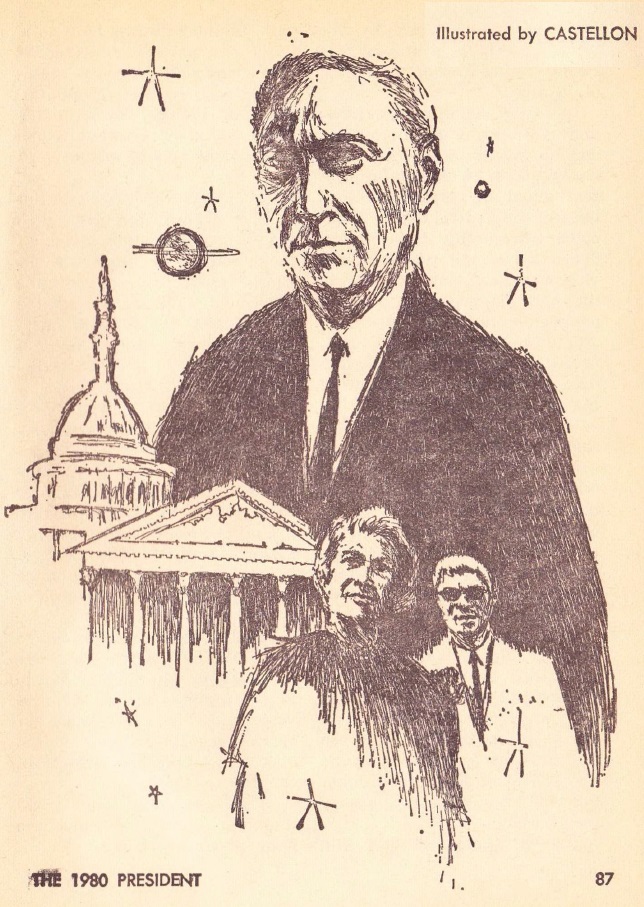


![[June 16, 1964] Strangers in Strange Lands (August 1964 <i>Worlds of Tomorrow</i>)](http://galacticjourney.org/wordpress/wp-content/uploads/2019/06/6312017cover-672x372.jpg)
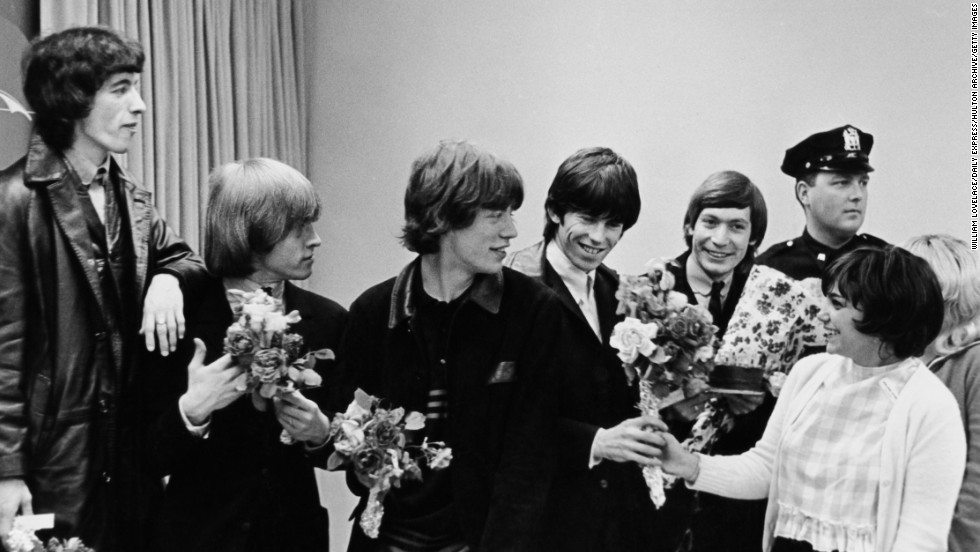




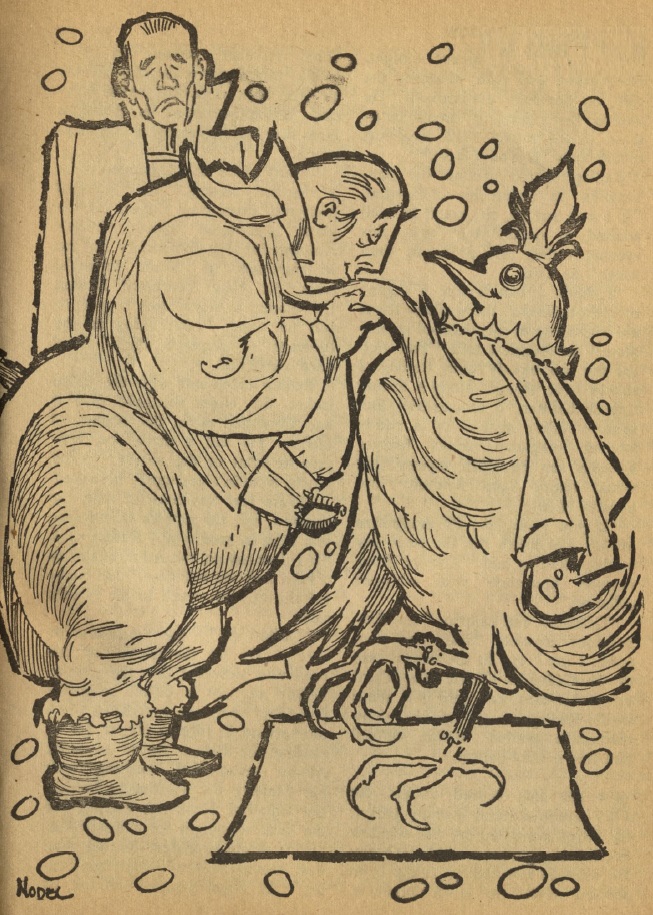

![[April 20, 1964] Play Ball! (June 1964 <i>Worlds of Tomorrow</i>)](http://galacticjourney.org/wordpress/wp-content/uploads/2019/04/640420cover-672x372.jpg)





